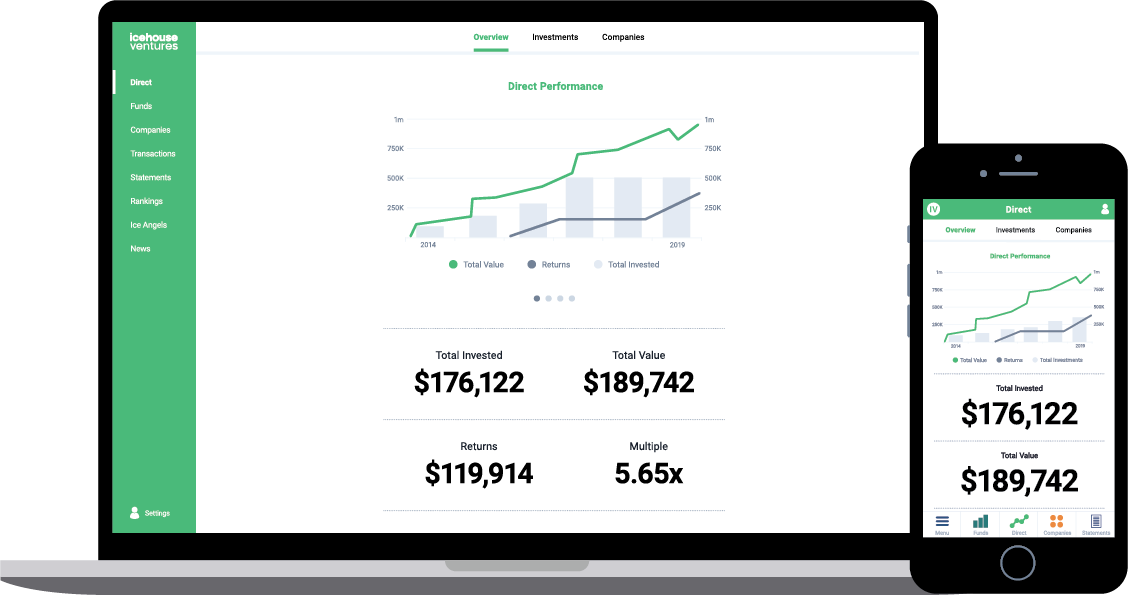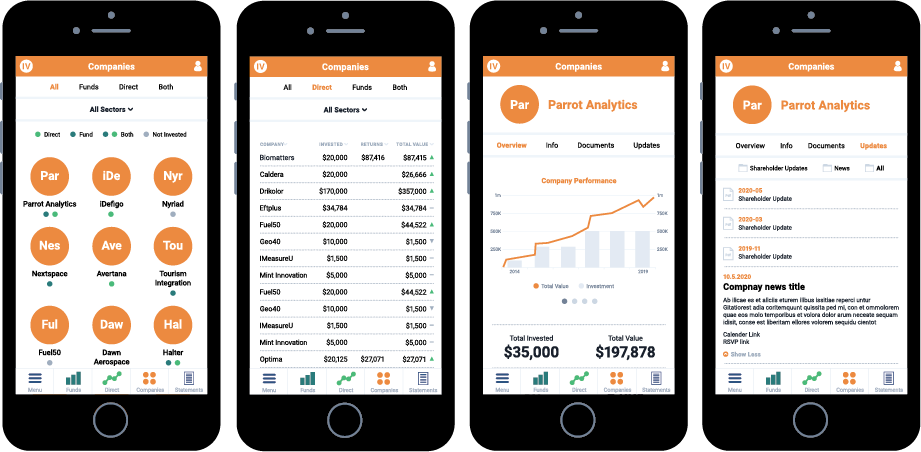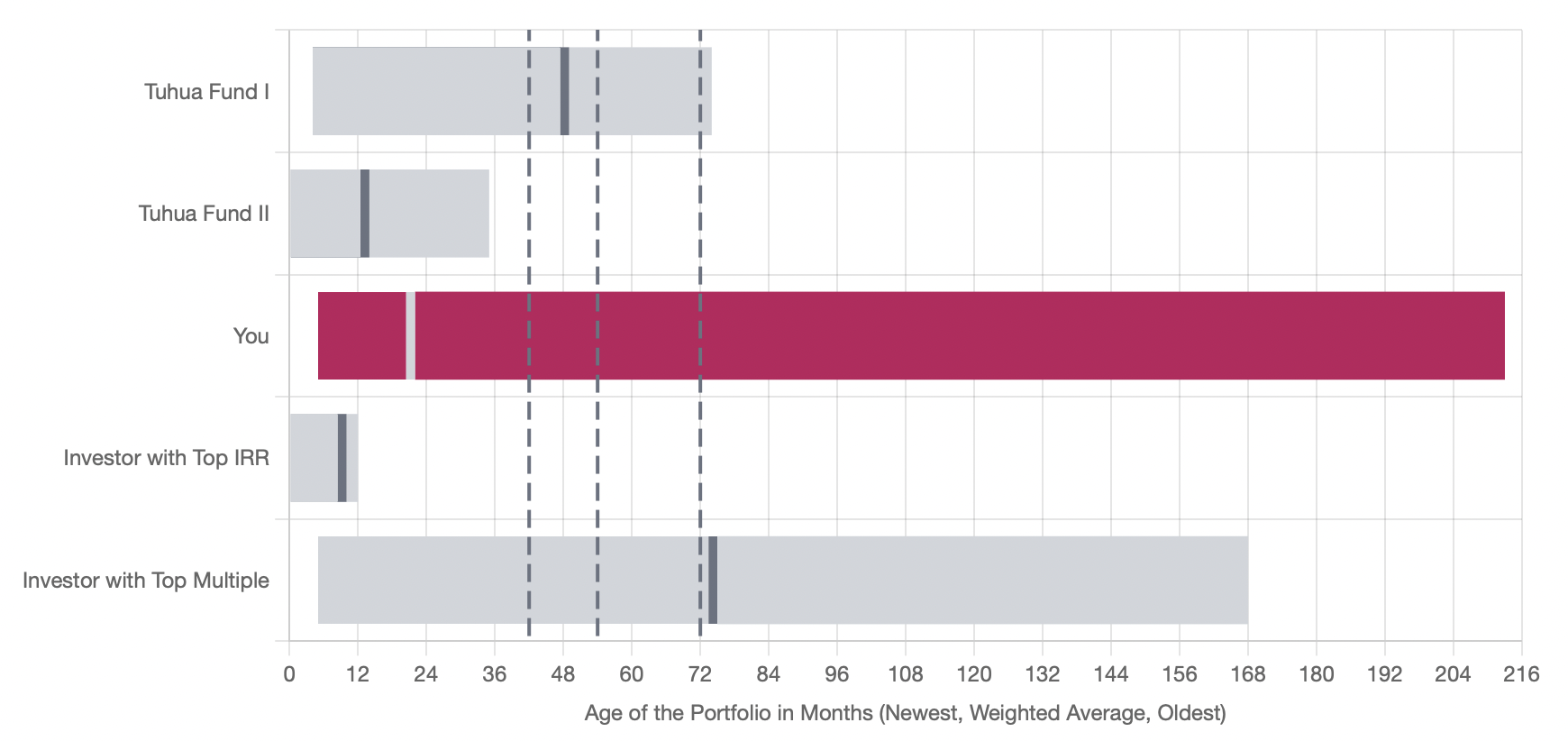For an industry that invests in innovation and disruption for a living, the venture capital ecosystem has been pretty resistant to disruption itself. There have been attempts around the edges such as rolling funds, equity crowdfunding and better CRM systems, but the core process of raising capital from investors and deploying capital into companies has remained the same since the early days of VC.
A lot of VC firms start with a wealthy patron such as a founding partner or a high net worth family office. By contrast, Icehouse Ventures have had to gradually build momentum over the years with the support of a large and diverse network of investors. This means we've had to take a different approach to capital raising and currently have over 2000 investors we work with (most VCs would have less than a dozen). We've also taken a start-early and double-down approach to choosing companies which means we have over 200 companies in the portfolio (by contrast, many VCs would have less than 20 active investments).
To manage a wide investor-base and a diverse portfolio the team have used a mix of spreadsheets and databases over the years. But the time has come for us to use technology to scale in new ways. In 2019, having recently returned from a stint in London and New York, I joined the IV team to bring a technology and data-driven approach to building a fully integrated venture capital platform that can scale to thousands more investors and hundreds more startups.

Disrupting VC with a scalable platform
We’re building a platform for the venture capital industry that makes the experience seamless for founders and investors. The reason being that the best founders have a choice of who to accept investment from, so being able to make decisions quickly, clearly and to provide significant follow-on capital helps them choose to work with us. Likewise, having an efficient investment process along with timely and transparent reporting means that investors with a choice of assets to invest in, choose to work with us. Basically, good things happen as a VC when we deliver a good experience for founders and investors.

Professional-grade investor experience
To deliver a great experience for investors we’ve custom built a dedicated investor portal that provides portfolio reporting, analysis and benchmarking. It also includes the ability to drill down to an individual company level so that investors can see company performance, reporting and ways to add value. The roadmap includes online investment functionality, secondary trading and more community features to bring investors and companies together.

Founder-focused company support
To help founders raise capital efficiently and to help our portfolio companies succeed we’re experimenting with a number of initiatives. We've adopted a mix of HubSpot and Notion to drive more efficient ways to make investment decisions and respond to companies quicker. For portfolio companies we've rolled together a mix of Slack for community, Getro for the jobs portal, and BuiltFirst for negotiated portfolio discounts on SaaS services. On the roadmap are more practical features for companies to help make use of their investors base as potential customers, advisors, mentors and directors.

Making our data radically transparent
Powering everything is a central data platform running on a MySQL database (hosted with AWS) that tracks everything and uses an event-sourcing approach so we can provide bank-grade data integrity, activity logging and audit trails. A lot of startups can start with a 'shallow' MVP because they don't have to keep track of a lot of data. Whereas we had almost 20 years of legacy data to import into the investor portal on day one. Keeping this investment data secure, accurate and up to date is mission critical.

A venture capital technology stack
Because our tools are custom built we had a choice of all sorts of tech stacks. We looked at Go for speed and flexibility. Django (on Python) for maths and analytics . Ruby on Rails for the rich ecosystem. Or even JavaScript through the stack. But on balance, we chose Laravel on PHP because it’s adaptable, rock-solid and provides best-in-class ORM database models, security and developer experience.
We’re making the effort to keep up to date with the latest versions of Laravel and we use several new technologies such as Inertia that allows us to build an awesome Vue JS front-end without futzing around with an external API. And Tailwind CSS that provides utility class page styling which is a dream to prototype with.
We often make tech decisions based on what would model (or at least match) good practise for our portfolio companies so we’ve adopted a full suite of testing (which most startups put off until later in their tech journey), abstracted complex data tasks out to queues, and implemented materialised view caching.
For now, we're a small team with big dreams. But we have 20 years of history behind the business and a broad user base to build on. Having the right tools, technology and platform can make a real difference to how Icehouse Ventures invests in the next big New Zealand startups and how thousands of New Zealanders can be part of sharing in that success.
